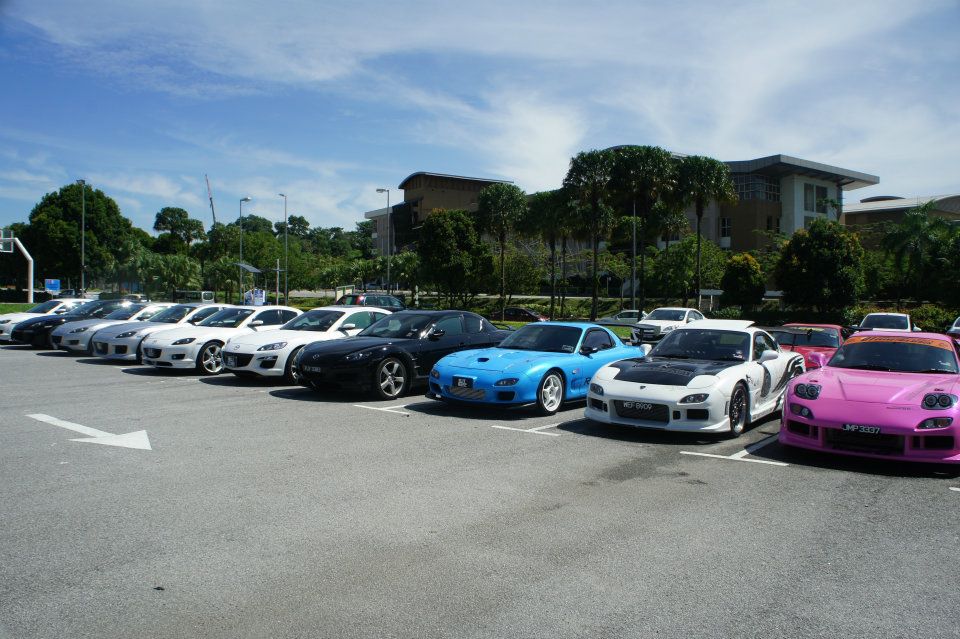Reply to thread
-
See what others are reading now! Try Forums > Current Activity
You are using an out of date browser. It may not display this or other websites correctly.
You should upgrade or use an alternative browser.
You should upgrade or use an alternative browser.
The Marketplace Latest
-
Proton
- Started by ang141
- Exterior and Body
-
Honda City Modulo body kit
- Started by jeff6126
- Exterior and Body
-
HONDA CIVIC 2.0 FL5 2024
- Started by rickyteoh2288
- Cars for sale
Posts refresh every 5 minutes

December 3rd marked the day of the rotaries. RX-8 Club Malaysia collaborated...
sharing sum picturez~enjoy :_:
http://i3.photobucket.com/albums/y55/DewA_LavaU/DSC00485.jpg
http://i3.photobucket.com/albums/y55/DewA_LavaU/DSC00486.jpg...
http://i3.photobucket.com/albums/y55/DewA_LavaU/DSC00485.jpg
http://i3.photobucket.com/albums/y55/DewA_LavaU/DSC00486.jpg...
Hi all..
Just want to clarify something.. :)
Is all BOV's adjusted using the same direction.. a.k.a. turning left to increase boost exhale rate (stiffen the spring) and turning right to decrease the rate..
Should...
Just want to clarify something.. :)
Is all BOV's adjusted using the same direction.. a.k.a. turning left to increase boost exhale rate (stiffen the spring) and turning right to decrease the rate..
Should...
Recent Posts
-
Tire Price list Zth
- Started by xbalance2002
- Wheel And Tyre
Search
Enjoying Zerotohundred?
Log-in for an ad-less experience
